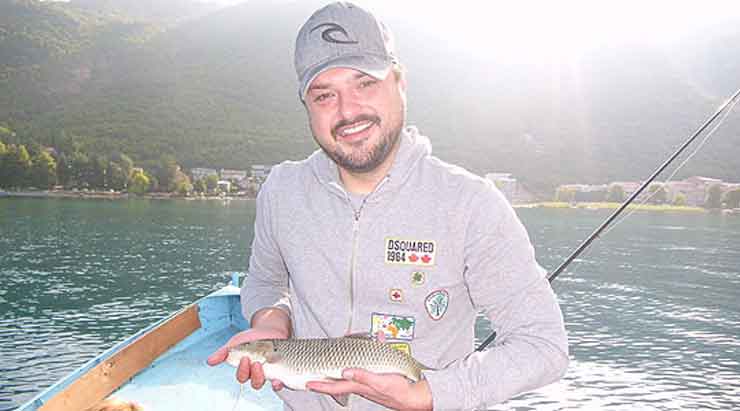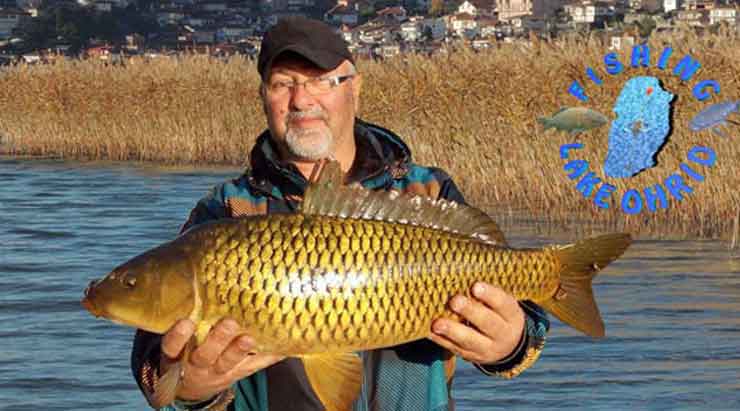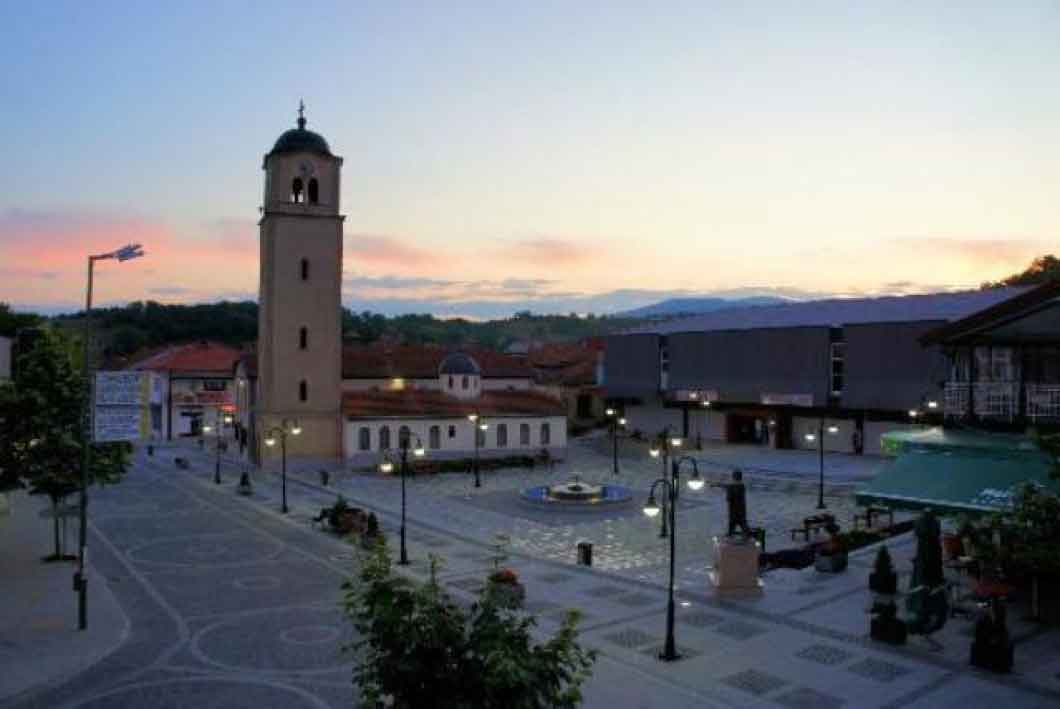Lonely Planet lists Macedonia as one of the world’s tastiest destinations
On
April 18, 2018
In
New
Food is a fundamental element in the travel experience – eating a local
dish can evoke ancient traditions stirred into age-old recipes or bring to
light new cultural movements whipped into modern fusion cuisine.
Today, many of the world’s most food-obsessed countries are making
their culinary culture all the more accessible through hands-on time with
local cooks, open tasting rooms and behind-the-scenes tours, Lonely
Planet writes.
Moreover, the selection of some of the most mouthwatering food-touring
experiences from around the world also includes Macedonia.
Macedonia
Fascinating, micro food-producing communities exist all over this Balkan
state, where home-cooking, home-growing and local foraging are simply
part of village life. Mountain herbs, paprika, porcini mushrooms, walnuts
and fruit rakija are stockpiled in markets; and local cheese is central to
meals thanks to celebrated traditional cheese-makers that produce salty,
raw-milk sheep’s cheeses in the Mavrovo National Park. Unsurprisingly,
restaurant menus are effortlessly locavore and farm-to-table.
The elevated old-stone village of Dihovo at the base of Pelister National
Park makes a bucolic base for tasting the regional cuisine. Here, local
man Petar has helped pioneer community tourism, reimagining his family
home into a pay-what-you-think guesthouse starring home cooking and
food, wine and beer tastings. Visit the village’s apiary, kitted out in
protective gear, for tales of bear sightings and tastings of woodland
honey with the resident beekeeper.
See the full article here.













